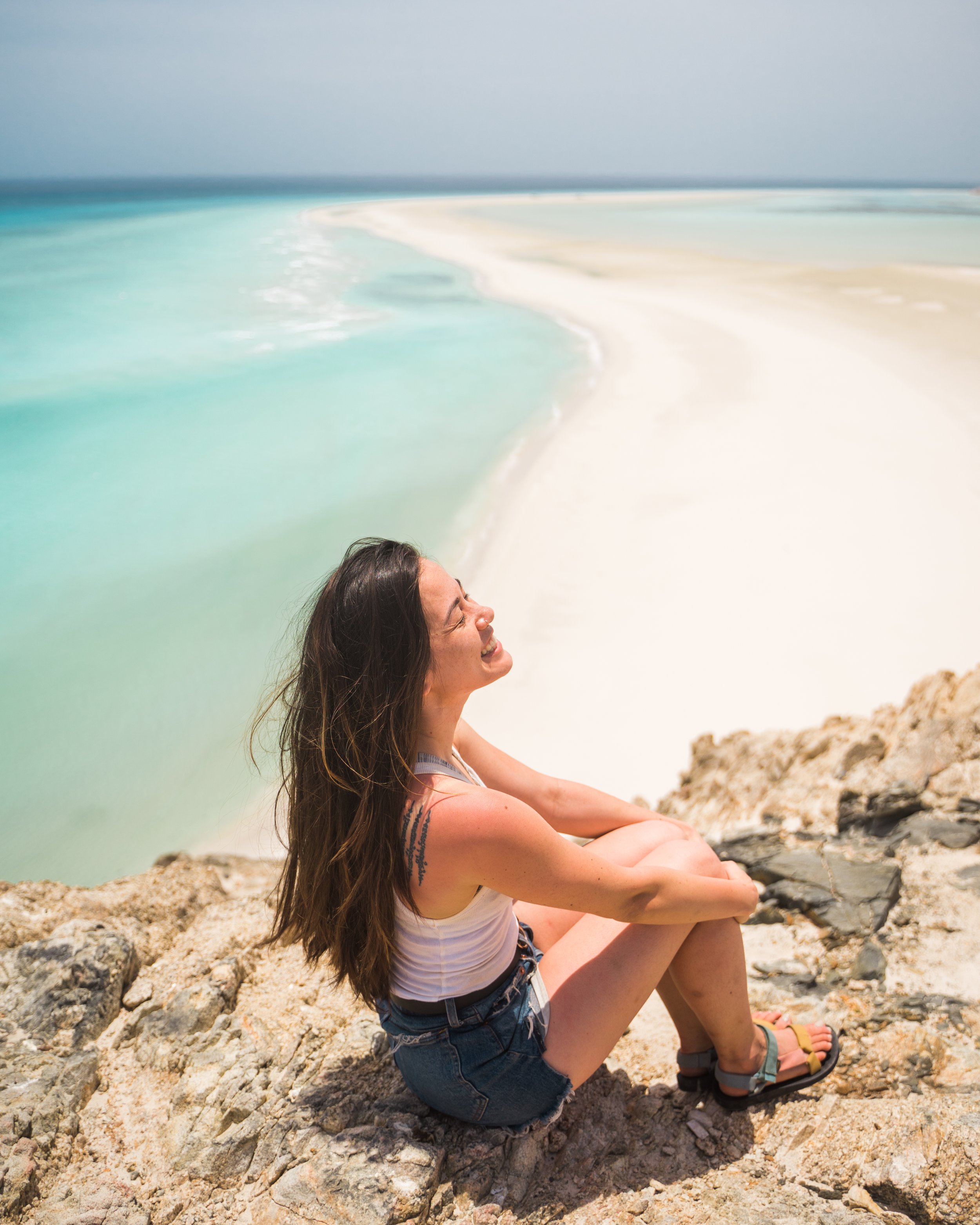JORDAN
Welcome to the majestic country of Jordan, where ancient wonders and awe-inspiring landscapes await you at every turn. Over the course of five days, prepare to embark on an unforgettable adventure that will leave you breathless and mesmerized by the country's rich history, vibrant culture, and breathtaking natural beauty. Looking for the best way to make the most out of your time in Jordan but don’t have a lot of time to spend? Here’s the perfect itinerary for 5 full days in Jordan!
Day 1: Amman, the Heart of Jordan
Arrive to Amman, rent a car, and drive 2 hours to Petra. Renting a car is the best way to see the country; I was surprised because the roads were absolutely fantastic and we didn’t have any problems with crazy drivers! We spent the night at Petra Aretas Hotel, which was walking distance to the ruins! The hotel prepared a box lunch for us so we could take it to-go at sunrise and walk down to avoid paying for parking.
Day 2: The Ancient City of Petra
If you’re looking for the best photos, make sure you arrive right when the park opens. You want to make sure you get your shots before the light starts to stream into the canyon (and avoid the crowds of people)! There’s a lookout right above the Treasury that you can access near the ruins, and you can pay a local guide to take you up. Again, don’t wait until the light streams into the canyon as the lighting becomes too harsh. Work quickly if you want the best photos!
You can also hike up to the Monastery, which is grueling in the heat if you don’t walk up early enough. Afterwards I recommend checking out the other lookout above the Treasury, which is also pretty awful in the heat, but well-worth the trek! A lot of people spend two days here, but since we were the only tourists due to covid, one day was enough to see everything.
Day 3: The Desert Beauty of Wadi Rum
We left really early to drive towards Wadi Rum and stayed at the Zeina Desert Lodge, and they arranged a desert safari for us all day. I really liked their vehicles because they had a covering for the back, unlike most people I saw baking in the sun. They also had a fantastic dinner and shisha.
Day 4: Floating in the Dead Sea
We drove through Aqaba and along the coast to Wadi Mujib to check out the canyon. We didn’t know you had to pay to take a tour (online it just looked like you could walk through this canyon with water), so we politely declined and went on our way. We stayed at a hotel along the Dead Sea and hung out the rest of the afternoon until sunset, when we went to find the perfect spot for photos.
Day 5: BACK TO AMMAN
We headed back to Amman and took a PCR test first thing; there are drive-thru stations where you can just roll down your window, get swabbed, then get the PDF sent to you via whatsapp. We stayed at the Arab Tower Hotel / Burj al Arab, which was really convenient to walk to all the sights, but a little confusing to deal with parking. Luckily the owner showed us a place we could park for $2. We walked around the Roman Amphitheater, King Abdullah I Mosque, and spent the sunset at the Citadel. Make sure you bring your Jordan Pass so you don’t have to pay entry fees at these locations!




















